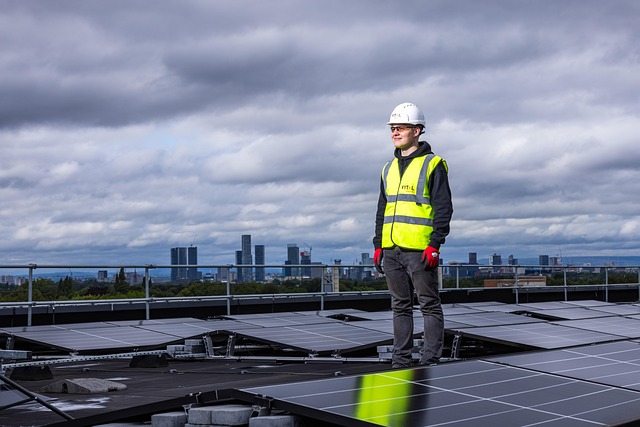In the heart of bustling cities, where concrete jungles overshadow the beauty of nature, the concept of an urban oasis” emerges as a beacon of hope and revitalization. With the rising demand for a sustainable future, urban green energy is transforming our habitats, allowing us to reconnect with the environment in ways that were previously unimaginable.
Imagine walking through a vibrant neighborhood where solar panels glisten in the sunlight and wind turbines spin gracefully atop rooftops. These eco-friendly innovations are not just futuristic fantasies; they are becoming an integral part of urban landscapes. Harnessing renewable energy sources allows cities to minimize their carbon footprints, paving the way for a cleaner and healthier environment.
But the transformation doesn’t stop at energy consumption. Urban gardening is flourishing; balconies, rooftops, and community gardens are turning neglected spaces into lush green havens. By incorporating more plants into our cities, we improve air quality, mitigate heat, and foster biodiversity. This return to gardening in the urban environment provides a tangible connection to nature, nurturing both our physical and mental well-being.
Moreover, the idea of eco-friendly living extends beyond renewable energy and gardening. It encourages us to adopt sustainable practices, from reducing waste to repurposing materials. Simple actions, like composting kitchen scraps or using biodegradable products, contribute to the greater vision of a rejuvenated habitat. Every small step we take helps foster a culture of sustainability within our communities, inspiring others to join the movement.
As we design our urban spaces with green energy in mind, we should also prioritize the integration of nature into our daily lives. Parks, green roofs, and vertical gardens not only beautify our neighborhoods but also provide essential habitats for wildlife. By creating environments where humans and nature can coexist harmoniously, we enrich our urban experiences and nurture our emotional connections to the natural world.
The path to a greener habitat involves more than just technological advancements; it requires a collective commitment to change our daily behaviors and perceptions about nature in our urban settings. Embracing urban green energy leads us towards a brighter, sustainable future, where every city can thrive as an oasis rather than a carbon-emitting center.
Let us harness the potential within our urban habitats, creating spaces that reflect the harmony between human innovation and nature, proving that eco-friendly energy is not just a trend, but a lifestyle that enhances our connection to the world around us.

